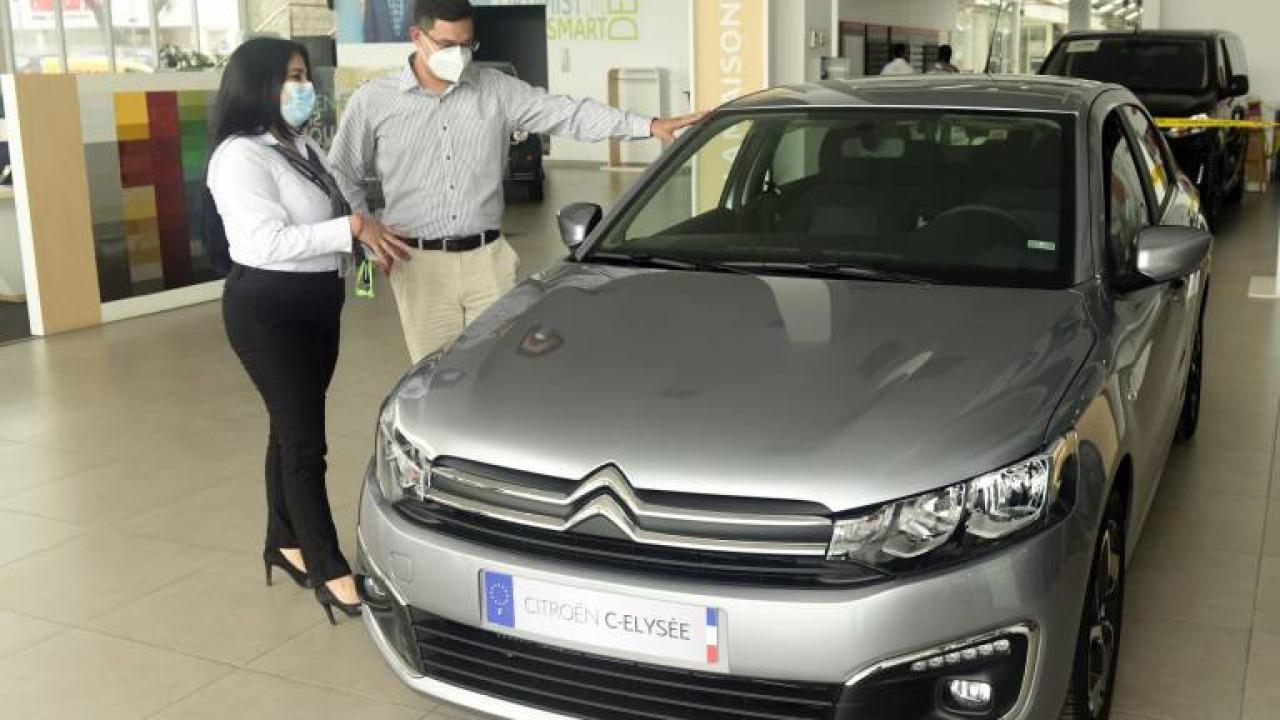
In 2024 the tariff reduction schedule for European light vehicles was completed, while with China this process will take twice as long, until 2038.
There is expectation for prices that may drop as a result of the trade agreement signed between Ecuador and China, which came into effect on May 1, and one of the sectors that have the most prospects is the automotive sector, which is dominated by Chinese brands and vehicles from the Asian giant.
According to updated figures from the Association of Automotive Companies of Ecuador (Aeade), of the 119 brands that are available in the Ecuadorian market, 63 are Chinese, and their sales also correspond to 29.6% of the general total.
Only in the first half of 2024, of the 57,022 vehicles that were sold in Ecuador, 16,876 were brands of Chinese origin.
The trade agreement with China includes a gradual tariff reduction process that will lower the tariff paid by vehicles to enter the Ecuadorian market by 2.7% over the next 15 years until it reaches 0%.
However, despite the fact that this year the first reduction of 2.7% in the tariff was already applied, which until May 1 was 40%, the agreement will only be valid for three months this coming Wednesday, August 1 , and it is too early to evaluate the first results.
However, China is not the first country with which Ecuador has signed an agreement of this magnitude, since the one that has been in force since January 2017 with the European Union also included the reduction of taxes on vehicles from that bloc, and after seven years the results and differences with the one signed with China can be analyzed.
For Genaro Baldeón, executive president of the Aeade, the main difference between the agreement with the EU and the one signed with China, in what has to do with tariff relief, is that the process established in the trade agreement with the Asian giant would take a little more than double the time it took to reach the agreement with the European Union.
He explains that - as with China - most light vehicles of European origin had a tariff percentage of 40%, and since the entry into force of the agreement they were decreasing by 5% annually for seven years, and this year it was completed. the tariff reduction schedule for light vehicles.
WHAT HAVE BEEN THE RESULTS OF DETAXMENTS ON EUROPEAN VEHICLES?
In 2016, European vehicles represented just 1.5%, a year in which 1,519 units were sold.
Since that year, the increase in the participation of vehicles of European origin was constant, according to the president of the Association of Automotive Companies of Ecuador.
By 2023 they will already represent 7.4% of total sales, reaching 9,857 vehicles sold.
In this way, sales of vehicles of European origin increased by 549% between 2016 and 2023, indicating an increase in automotive trade due to the reduction in prices of these products and the increase in their supply in the Ecuadorian market.
”The average price of European vehicles decreased by 33% when comparing 2016 with 2024,” highlights Baldeón.
While with China, whether vehicle prices fall depends on multiple factors, among which are tariff and tax burdens, but also production costs, the price of raw materials, new regulations, the cost of the logistics.
“A reduction in the price of vehicles will depend, consequently, on the fact that other factors, other than the progressive reduction of the tariff, do not vary,” concludes Baldeón.









